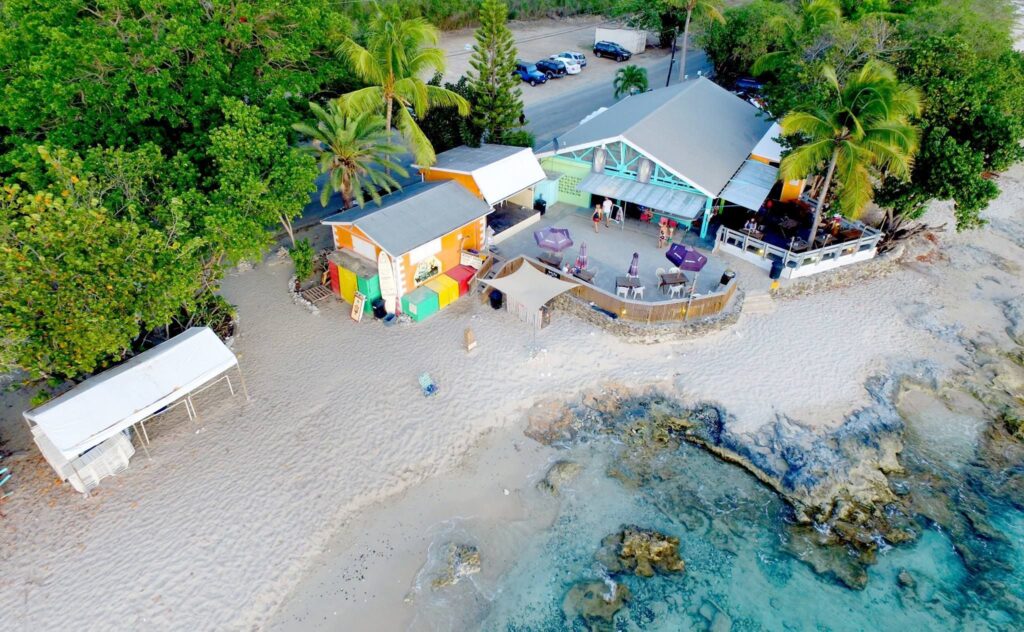FREDERIKSTED — Two beaches in the U.S. Virgin Islands failed to meet established water quality standards and should be avoided this weekend, the Department of Planning and Natural Resources said;
DPNR said testing showed that “Rainbow Beach and Frederiksted Public Beach exceed the established Enterococci Bacteria threshold and therefore are not considered safe for swimming or fishing.”
DPNR’s Beach Water Quality Monitoring Program evaluates weekly water quality at popular swimming beaches throughout the territory by sampling for Enterococci, Bacteria and Turbidity, which is a measure of water clarity, advises the public of the following:
DPNR performed water quality analysis at 33 designated beaches throughout the territory during the week of June 14, – June 18, 2021. The following beaches meet water quality standards and are considered safe for swimming and fishing:
Please note: Samples were not collected at the following beaches:
- Gentle Winds and Grapetree Bay on St. Croix
- Honeymoon Beach on water Island
Therefore, the water quality at these beaches is unknown.
All persons should be aware that storm water runoff may also contain contaminants or pollutants harmful to human health, and therefore, should avoid areas of storm water runoff (i.e. guts, puddles, and drainage basins) or any area that appears discolored or has foul odors. DPNR will continue to monitor impacted areas and waters.
Enterococci Bacteria, like various other bacteria strains, can cause illnesses in persons who come into direct contact with contaminated water. The 2012 Recommended Water Quality Criteria (RWQC) rely on the latest research and science, including studies that show a link between illness and fecal contamination in recreational waters. When analyzing water for Enterococci bacteria, its concentration is measured in number of bacteria colonies per 100mL of water (cfu/100mL).
The Beach Action Value (BAV) threshold is set at 70 cfu/100mL, which is more stringent than the previous threshold value of 104 cfu/100mL, derived from the 1986 RWQC. While the old threshold is still considered to be protective of human health, the new BAV value has been determined by EPA to be a better precautionary tool to provide an early alert to beachgoers, including families with children or elderly.
For additional information regarding water quality call the Division of Environmental Protection at 773-1082 in St. Croix or 774-3320 in St. Thomas.

